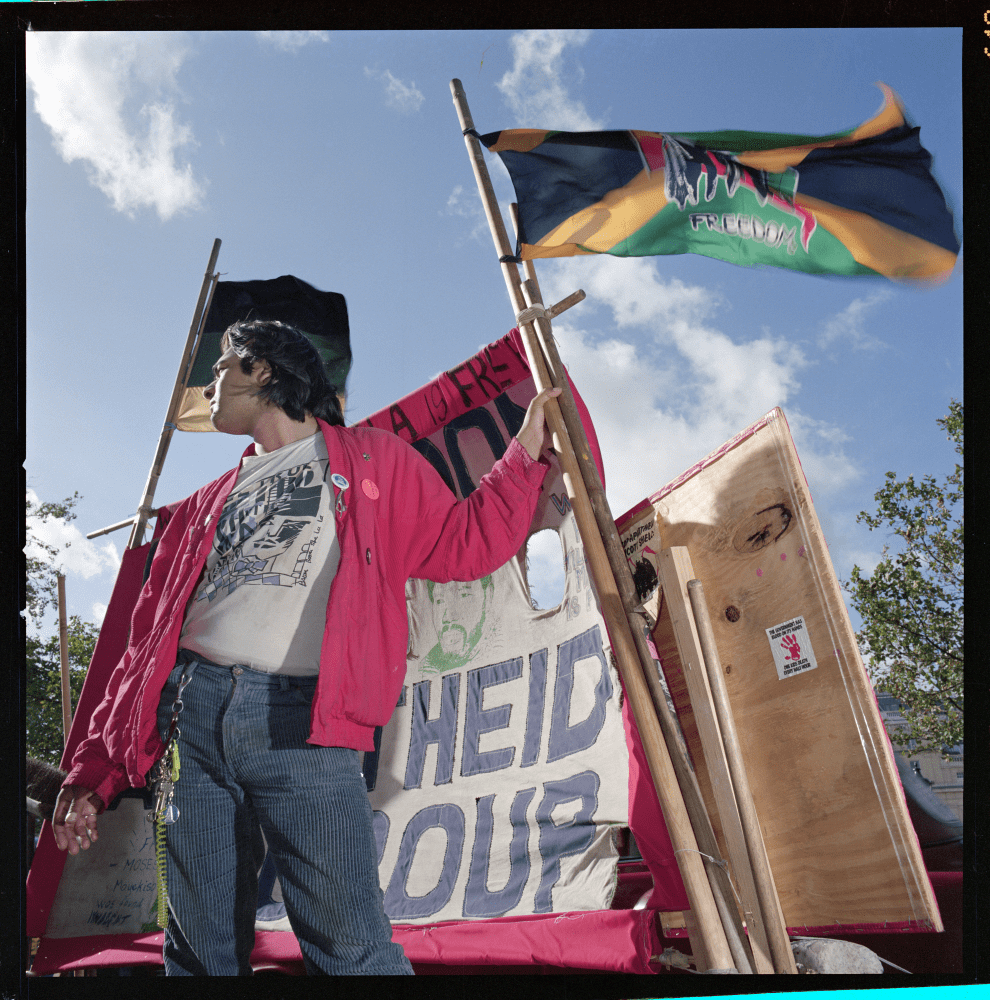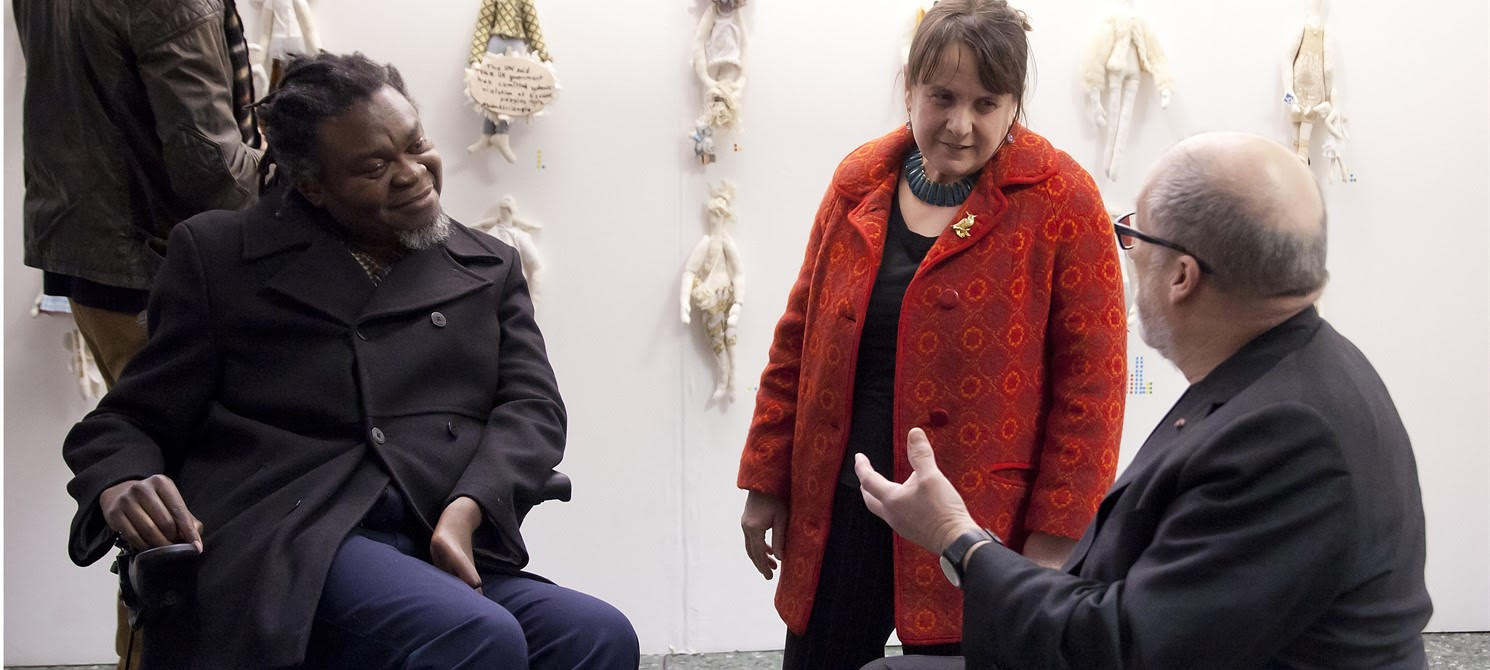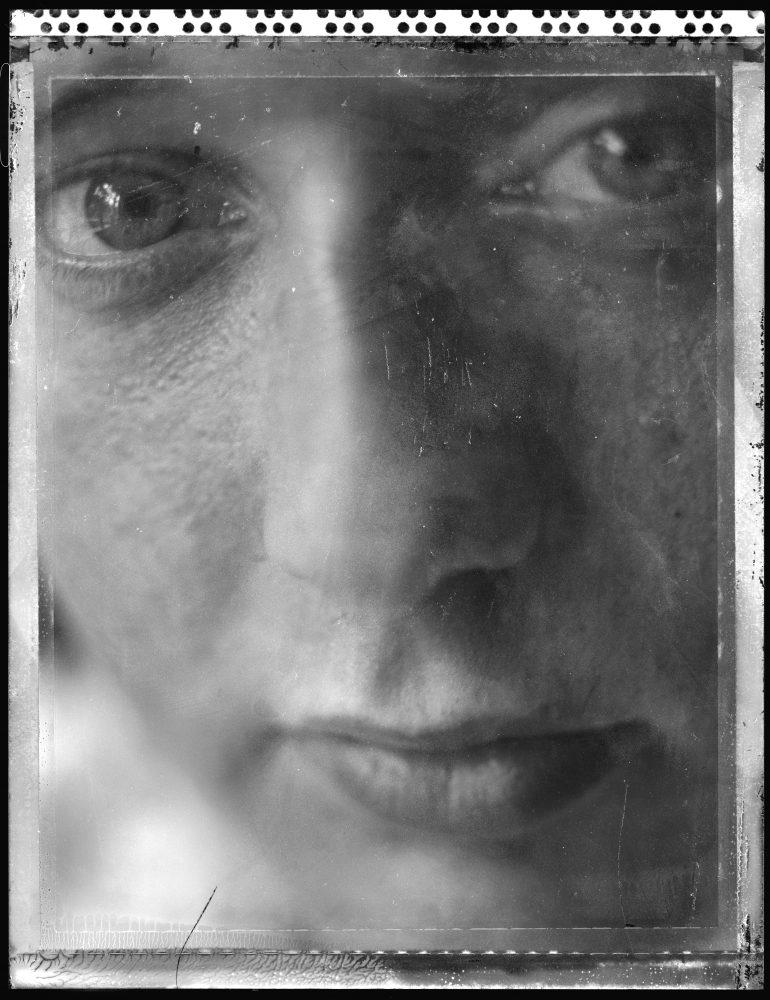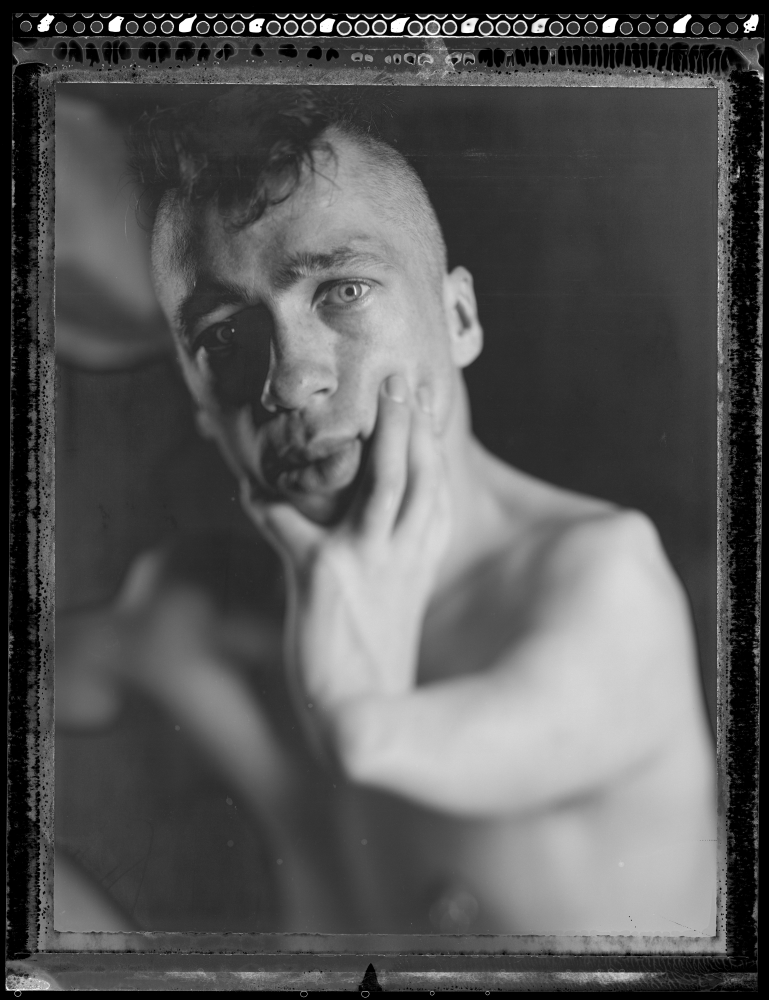In this Diversity Spotlight, we talk to David Hevey, CEO of disabled-led arts organisation, Shape Arts. We delve into the Social Model of Disability and how this informs the organisation’s campaign for change, as well as finding out more about David’s background in radical creative disruption.
Can you tell us more about Shape Arts and how it came to be?
David: It was started around 40 years ago by Gina Levete. She wondered why disabled people couldn’t join the creative arts like everyone else, and why they were being marginalised. Back then it was more based in community interventions but over the years it evolved into a wide slate of content and output. This includes straight visual arts, but also art of change, activist content and supporting the Disability Arts Movement (D.A.M.), which I have been involved with or around for more than 30 years.

Image: David Hevey
What is Shape Arts’s campaign for change?
David: To get contemporary Britain and contemporary lived experience in the room of culture. That includes class, disability, status, etc – all of the issues of the age we want reflected in culture, the arts and creative industries. You can only do that by getting those outside the arts and creative industries in on commissions, into the decision-making room and at top tables. It’s both a creativity inclusion and justice campaign to disrupt, so that we can reflect modern Britain – in content and in structures. Culture has become so much about ossified, bourgeois, middle class stories – out of which dull culture so often arises – so it’s about challenging that dullness so that culture doesn’t become stale, and becomes exciting again.
Can you explain the Social Model of Disability?
David: Basically, two major thinkers, Vic Finkelstein and Mike Oliver, developed the Social Model of Disability. They said the body isn’t the site of the problem, social barriers are. The Social Model says that disability is a societal construct; so, people with impairments are disabled by society’s barriers – challenging those barriers is part of my journey and a lot of other people’s journeys.
What’s interesting about how that ties into art and creativity is the journey off the body to the barrier and back again, and how creatives explore and name their resistance to barriers. That space is a really creative and interesting space. People know what a body is and they know what a barrier is, so encouraging disabled and diverse artists and creatives to explore that relationship – that’s one of Shape’s key approaches. So, the Social Model is both the underpinning for us and a springboard for making creative content.

Image: Helen Jones with Yinka Shonibare MBE and Shape Chair Tony Heaton OBE. Photo by Rachel Cherry
What is your creative background and how did you come to be involved with Shape Arts?
David: I’ve been in the Arts, Media and Creative Industries for all of my career. I also teach a lot about radical business models and radical approaches to inclusion, and how they align. My track record is disruptive, radical content for
most of the major UK and international landscape, making work for the BBC, British Council, and aiming to make radical content to reach big audiences. My work has been a combination of activism and content combined, such as making work for and about the Disability Rights Movement. So, I understand propaganda aesthetics, political movement art – all that kind of left cultural history and have used a lot of it in photography, filmmaking and TV to create new ways of seeing.
I came from an outsider background, from the under-class, disabled and from an immigrant family; I used my outsider status to make very disruptive creative interventions. I also wrote a seminal text of representation, The Creatures Time Forgot: Photography And Disability Imagery.
During that time, the then-CEO of Shape Arts left (Tony Heaton OBE is now the Chair of Shape) and I applied for the CEO role – and they gave me the job! I got the job about four years ago and together with a lot of in-house talent, such as Jeff Rowlings, our Head of Programme, we evolved Shape into more mediated content, which worked particularly powerfully under Covid as people consumed culture more online.
For me as the CEO and Artistic Director of Shape, it’s all about building wide creative teams who want to reflect the way we live now, who want to release their own creative energy and who want to disrupt.


Image: David Hevey
How is Shape Arts contributing to this radical disruption?
David: First of all, we’re categorically clear about disability being based on the social model – we’re about barriers removal and we don’t waiver from that. The second thing is: we want to get to content fast. We don’t hang around with what’s known as ‘the administrative model’ – we abhor ‘meetings about meetings’ – so it’s all about how fast we can get to large-impact content, so that the content from our creatives feels relevant about the way we are all living now. The third thing is: looking at how you can multi-skill everyone in the organisation, so that people feel their roles are wide and deep, and that they have power and leverage within their roles.
Where will Shape Arts be in five years’ time, given the turbulent times?
David: I think we are going to be looking more at disabled-led explorations of art of crisis, art of political change, maybe even art of war – and we will see how the story of representation changes so that more and more diversity and outsider creative stories are heard and made. And no doubt funding and conditions for outsiders could get worse – but the irony of radical creative work is that sometimes, the harder the times, the greater the creative potential. The worse the situation is, the greater the aesthetics can sometimes be. So many of the great artists came out of naming the age, being radical, reflecting the times and being aligned to change and embracing change.
Shape will also be tending to the basics of access – how to grow your career by removing barriers. We want to get artists to talk about all of this and the range from radical interventions to making the industries accessible. I suppose our call to creatives is this: show in your work what you are going through and in society demand change!